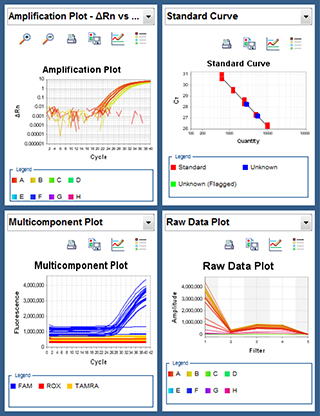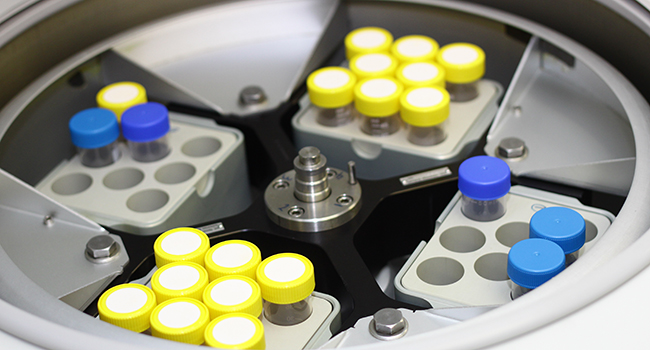Nucleic Acid Testing
Nucleic acid Polymerase Chain Reaction(PCR) is a biochemical technique in molecular biology to create copies of a specific type of DNA sequence without the need of bacterial culture in a laboratory. These amplified DNA can be analysed in the detection of a viral or bacterial element and be quantified. The high sensitivity of PCR permits early detection of virus or bacteria and builds a significant alertness in food safety control at a shorter reporting time.
Foodscan applies PCR in detecting :
Legionella

The genus Legionella is a pathogenic group of Gram negative bacteria, that includes the species L. pneumophila, causing an Legionellosis (all illnesses caused by Legionella).
Legionella is common in many environment, including soil and purposely-built aquatic system e.g. water cooling system, hot and cold water system and spa pools.
Hepatitis A

Hepatitis A is a virus which causes acute inflammation of the liver. When symptoms occur, they may include : Jaundice, abdominal pain, loss of appetite, nausea, fever, diarrhea and fatigue.
Hepatitis A is most commonly transmitted in drinking water or food contaminated with the stool containing the virus.
It is spread easily where there is poor sanitation or poor personal hygiene. Other ways to get Hepatitis A include :
- Eating raw shellfish harvested from water contaminated with the virus
- Swallowing contaminated water or ice
- Eating fruits, vegetables, or other foods that were contaminated at their sources or during handling
Norovirus

Noroviruses are the most common cause of viral gastroenteritis in humans. The viruses are transmitted by fecal contaminated food or water or surfaces. The viruses can cause nausea, vomiting, diarrhea, weakness, headache and fever. Outbreaks of Norovirus infection often occur in closed or semiclosed communities, such as hospitals, schools and cruise ships. Many Norovirus outbreaks have been traced to food that was handled by one infected person.
GMO

Testing for the presence of genetically modified organisms (GMOs) qualitatively or quantitatively in food is now required following legislative action in an increasing number of countries. It is becoming increasingly important in food production quality control purpose.
GMO Detection Categories
- Single-Species GMO detection provides total GMO content of a single species and is most suitable for products such as grains, flours, soy isolates, etc., where there is a single source of GMO.
- Broad-Spectrum (cross species) GMO detection determines GMO content from one or more sources of GMO. It is useful for determining GMO content in multiple ingredient products, but it will not identify the genetically modified species or variety.
- Variety-Specific GMO detection identifies individual GMO varieties such as Roundup Ready® Soy.
GMO-specific DNA sequences in seed, grain, and processed foods and their ingredients can be detected with high sensitivity and accuracy with real-time PCR technology.
Species Identification
There are increasing concerns over food safety and consumer awareness over the finding of foreign DNA in food products.
There are a number of tests that can be administered to prove and confirm the authenticity of their food products. DNA tests can be conducted to identify any presence of contaminants or adulterated by other animal species in your supply chain.



